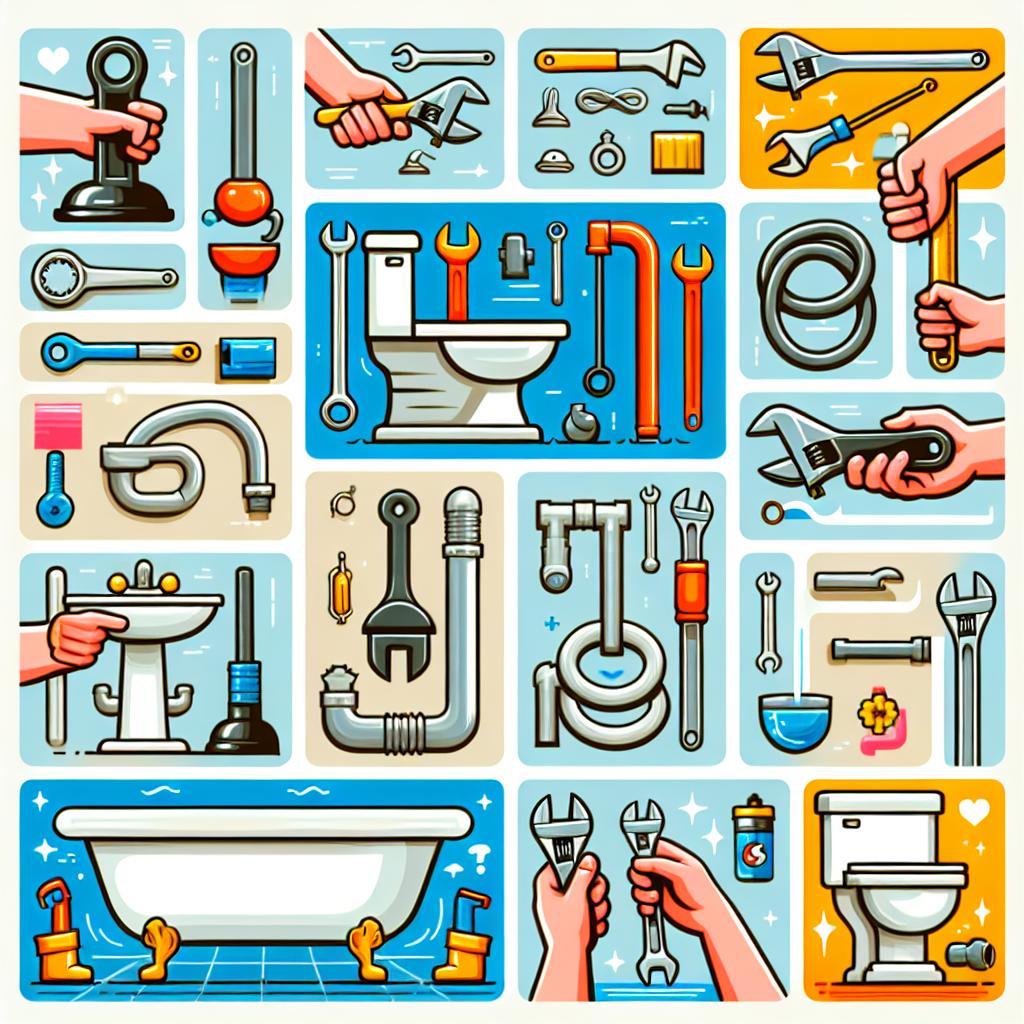This post may contain affiliate links which means I may receive a commission for purchases made through links. Learn more on my Private Policy page.
Title: “Flowing Smoothly: Essential Tips to Prevent Clogging in Drip Irrigation Systems”
Introduction:
imagine cultivating a flourishing garden or maintaining a bountiful farm, all while conserving precious water resources. Sounds like a dream, right? With drip irrigation, this dream can become a reality. But just like any well-crafted system, a drip irrigation setup needs a little TLC to keep things flowing beautifully. Clogging is the sneaky villain in the world of efficient irrigation, ready to halt your gardening ambitions in their tracks. Fear not, fellow green thumbs! In this article, we’ll explore friendly and straightforward best practices that not only safeguard your drip irrigation system from unwanted blockages but also ensure that every drop of water finds its way to nourish your plants. Get ready to dive into a world of simple solutions, expert tips, and the joys of uninterrupted watering. let’s cultivate a pathway to success, one drip at a time!
Understanding the Science Behind Drip Irrigation Clogging
Drip irrigation offers an efficient way to deliver water directly to plant roots, but it can be severely impacted by clogging issues. The primary culprits behind this problem include organic matter, sediment, and chemical precipitates. Understanding how these elements interact with your system is essential for maintaining optimal performance. For instance, when organic debris such as algae or decaying leaves enter the system, they can accumulate in emitters, leading to occlusion. Similarly, high levels of mineral content in water can cause deposits that slowly build up and hinder water flow. Knowing the characteristics of your water source and the environmental conditions can help you identify potential risks and tailor your prevention strategies accordingly.
To combat these issues effectively, consider implementing a few key strategies:
- Regular Filtration: Using a high-quality filter can significantly reduce the amount of particulates that enter your drip lines.
- Flush the System: Periodically flushing your irrigation system helps remove any accumulated debris before it becomes a clogging issue.
- Maintain Chemical Balance: Test your water for minerals and adjust accordingly, perhaps using water softeners if necessary to minimize buildup.
By staying vigilant and proactively managing your drip irrigation system, you can significantly reduce the likelihood of clogs, ensuring a continuous and efficient delivery of water to your plants.

Preemptive Measures: Choosing the Right Filters and Screens
When it comes to preventing clogging in drip irrigation systems, the selection of appropriate filters and screens is crucial. Effective filtration helps maintain optimal water flow and ensures that your plants receive the hydration they need without interruption. consider these key factors when making your selection:
- Type of Irrigation: different systems, such as micro-irrigation or surface drip, may require different filtration methods.
- particle Size: Assess the water source to determine the typical size of contaminants and select filters that can effectively capture those particles.
- Maintenance Requirements: Opt for filters that are easy to clean and maintain to sustain their effectiveness over time.
Here’s a rapid overview of various filter types:
| Filter Type | Pros | cons |
|---|---|---|
| Screens | Cost-effective, easy to clean | Less effective for fine particles |
| Media Filters | Excellent for a variety of contaminants | Higher maintenance needed |
| Disc Filters | High dirt-holding capacity | Can be more expensive |
Selecting the right screens and filters tailored to your specific irrigation conditions can safeguard your system from clogs. By investing the time to choose wisely, you can enhance the longevity of your drip irrigation setup and promote healthier, more robust plant growth.

Routine Maintenance: Best Practices for Cleaning and Monitoring
To ensure your drip irrigation system operates smoothly and efficiently, regular maintenance is vital. Start with visual inspections of your system to check for any obvious signs of wear or blockages. Look for areas where dirt and debris may have accumulated, particularly around emitters and filters. Consider implementing a schedule for these checks, perhaps once a month during the irrigation season, to catch any potential issues early on. Additionally, don’t overlook the importance of routine cleaning; using a mixture of water and vinegar can help dissolve mineral build-up in pipes and drippers.
Monitoring pressure levels is equally critically important, as irregular pressure can indicate underlying problems, such as clogs or leaks. Installing a pressure gauge can provide immediate feedback on your system’s performance. Pair this with regular flushing of the system, which not only clears out residues but also extends the lifespan of your components. Use the following best practices as a guide:
- Inspect and clean filters: Check your filtration system frequently and clean as necessary.
- Flush systems regularly: Schedule periodic flushing to prevent sediment build-up.
- Adjust emitters: ensure that each emitter is delivering water as intended, and make adjustments based on crop needs.
Troubleshooting Tips: Quick Fixes for Common Clogging Issues
Clogged emitters can wreak havoc on your drip irrigation system, but a few quick fixes can help restore your setup to optimal performance. First, check for any visible debris or mineral buildup in the emitters and filters. Flushing out the system is often a simple yet effective solution. Just turn off the water supply,disconnect the tubing,and use a blast of water to clear the blockage. Additionally, consider keeping a maintenance schedule to regularly inspect and clean your filters and emitters to prevent future issues.
When dealing with stubborn clogs, a more persistent approach might be necessary. Sometimes, a vinegar solution can work wonders. Mixing equal parts vinegar and water, you can soak the clogged parts for a few hours to dissolve any mineral deposits. For emitters that remain clogged despite these efforts, replacing them might be your best bet. Ensure that you have a variety of emitter sizes on hand for quick exchanges. Remember, keeping an eye on the system pressure can also alert you to potential issues early, allowing for easier troubleshooting before significant damage occurs.
Concluding Remarks
As we turn off the tap on our exploration of drip irrigation systems, it’s clear that a little preventive maintenance goes a long way in keeping your plants happy and healthy. By following these best practices, you can ensure that your irrigation system flows smoothly, delivering just the right amount of water to your beloved greenery. remember, a well-maintained system not only conserves water but also saves you time and energy, allowing you to spend more moments enjoying the beauty of your garden.
So, whether you’re a seasoned irrigation expert or just starting your gardening journey, keep these tips in mind to dodge the dreaded clog and cultivate a thriving landscape. With a bit of care and attention,your drip irrigation system can be an oasis of efficiency,leaving you with lush blooms and bountiful harvests to admire. Happy gardening, and may your hoses stay clear and your plants flourish! 🌱✨
This post may contain affiliate links which means I may receive a commission for purchases made through links. Learn more on my Private Policy page.

